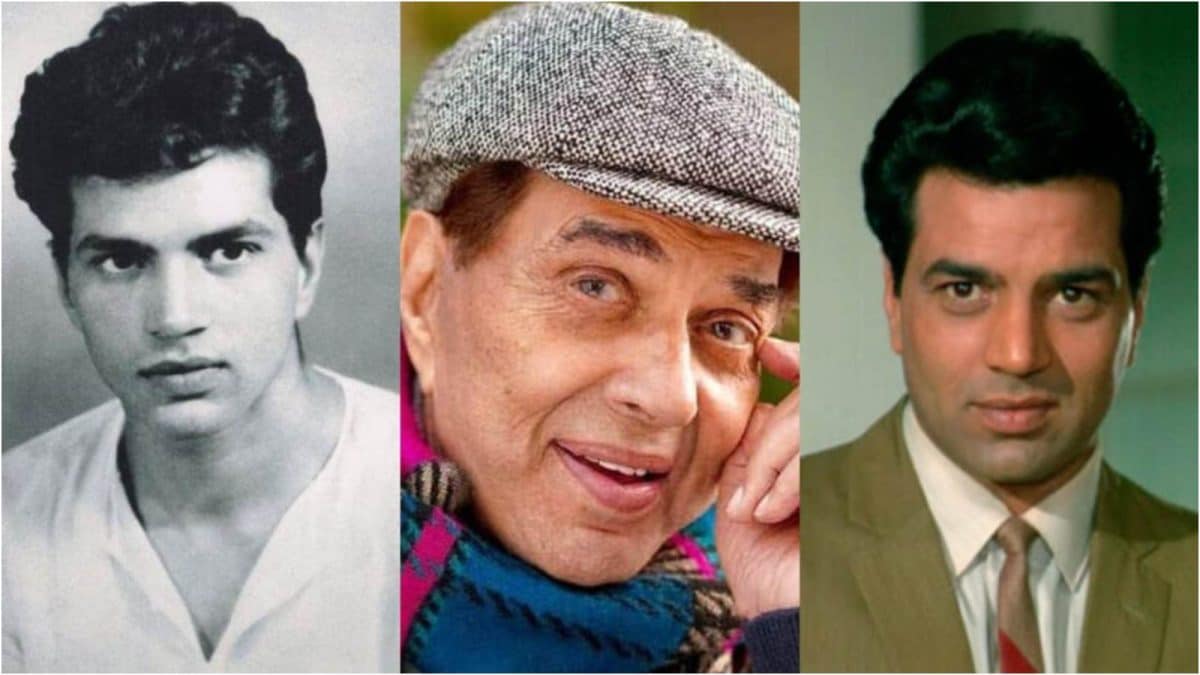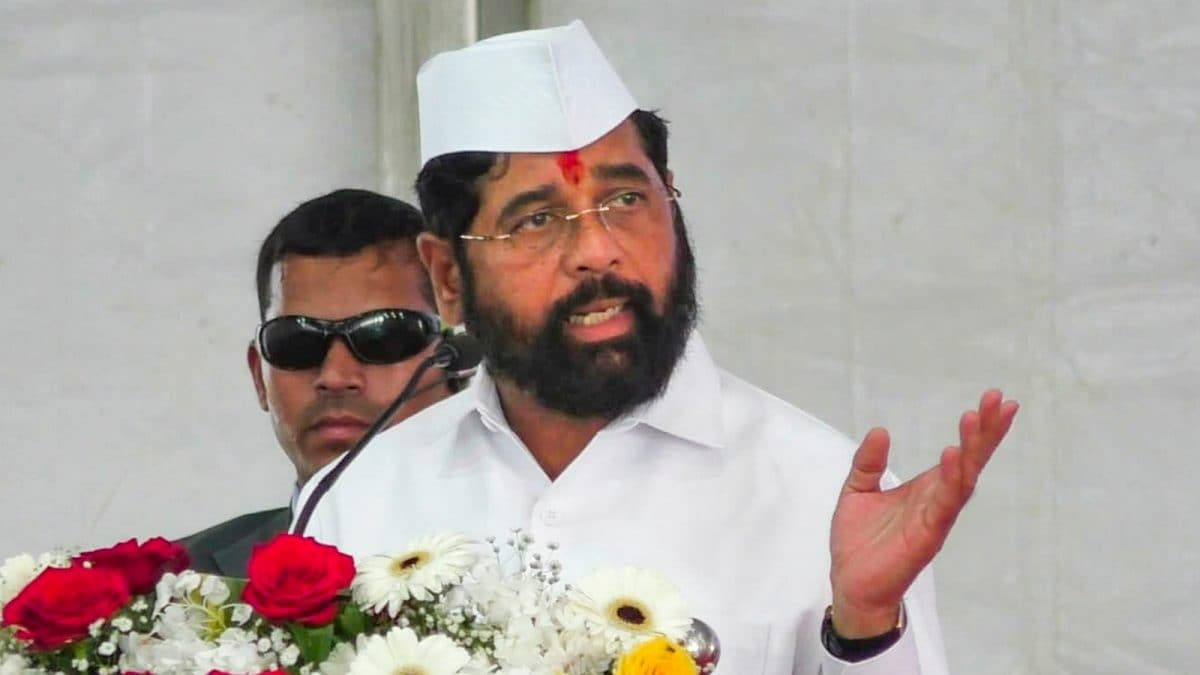- April 25, 2023
Kumar Gandharva’s centenary celebrations began with a two-day festival in Mumbai
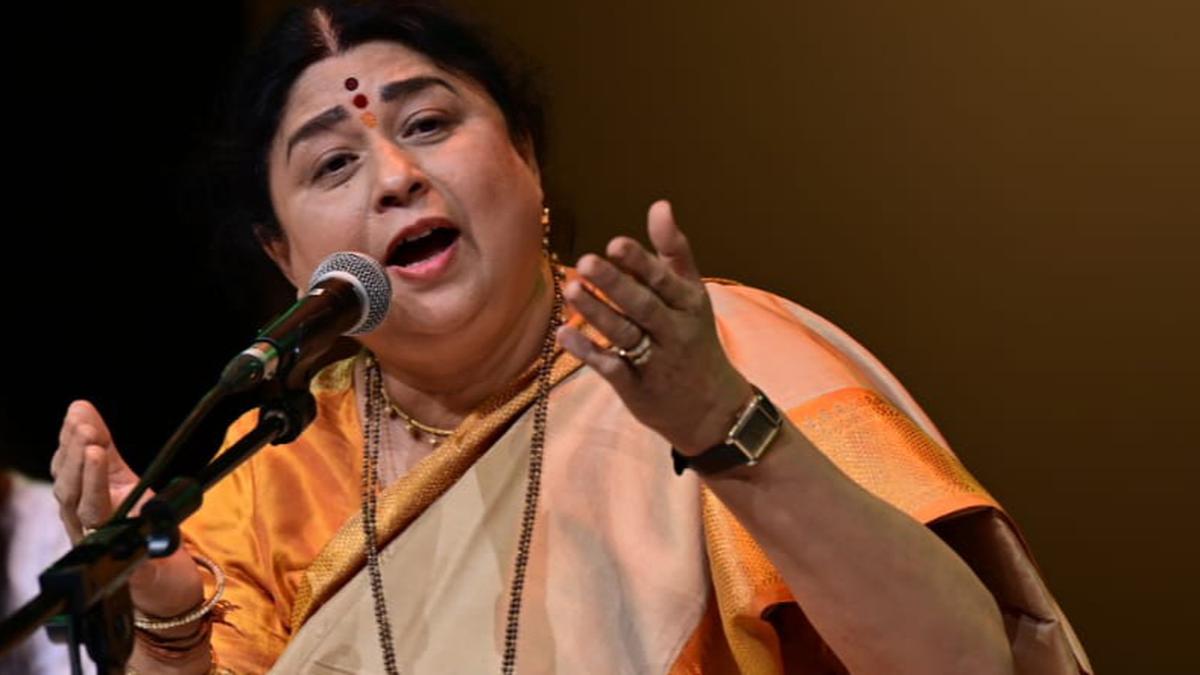
The Tata Theatre at the National Centre of Performing Arts (NCPA), Mumbai, was packed with people, who had come to celebrate Pt. Kumar Gandharva’s birth centenary. The momentous occasion was marked with the inauguration of ‘Kaaljayee’, a year-long, multi-city celebration. It began with a two-day festival at NCPA, organised by the Kumar Gandharva Pratishthan Devas and supported by Pancham Nishad and Ministry of Culture.
Ashok Vajpeyi
| Photo Credit:
Special Arrangement
The first thing that caught eye was the aesthetic decor of the stage, which had notations of the maestro’s composition in raag Saheli Todi in the backdrop. The event was inaugurated by Kumar Gandharva’s friend, the 93 -year-old Shirish Patel. On the occasion, Vinay Sahasrabuddhe, director general, Indian Council of Cultural Relations (ICCR), announced that plans are afoot to hold an International seminar on Kumar Gandharva. Ashok Vajpeyi recited a poem from his book Bahuri Akela, written on Pt. Kumar Gandharva. He also launched Va Ghar Sabse Nyara: Jeevan Charit, a biography of the legendary vocalist, published by the Raza Foundation.
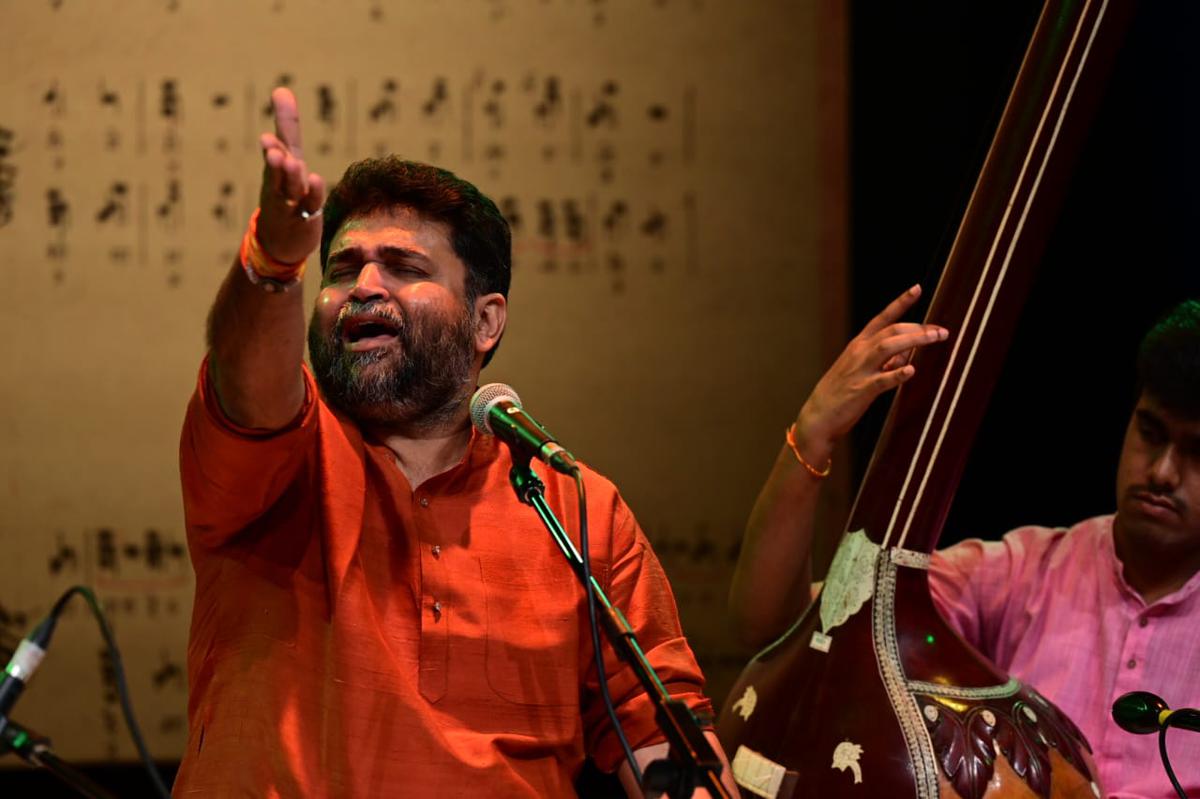
Bhuvanesh Komkali
| Photo Credit:
Special Arrangement
The festival opened with Bhuvanesh Mukul Komkali’s performance. Son of Mukul Shivaputra and grandson of Pt. Kumar Gandharva, Bhuvanesh was trained by Vasundhara Komkali and Madhup Mudgal.
Bhuvanesh opened his concert with ‘Iss Jag mein tum bin kaun…’ in raag Bhimpalasi with accent on its jiva swara, ‘madhyam’. Conventionally a raag opens with ‘shadja’, creating the foundation on which the edifice of the raag is built.
Rendering the composition set to the medium tempo of Rupak taal, Bhuvanesh treated the raag meticulously and continued with a Teen taalo Tarana in the same raga. Shri-Kalyan, created by Kumar-ji, combining the pathos of Shri and the romantic feel of Kalyan, came up next as an exemplary contrast. The bandish ‘Dekho ri ruta phoolan lagi…’ depicted spring during the raag vistar, interspersed with taans. This set the tone for ‘Piharva aavo tum’, a madhya drut teen taal bandish in Yaman, addressed as ‘Kalyan’ by the late maestro. Prashant Pandav on the tabla and Niranjan Lele on the harmonium provided perfect support.
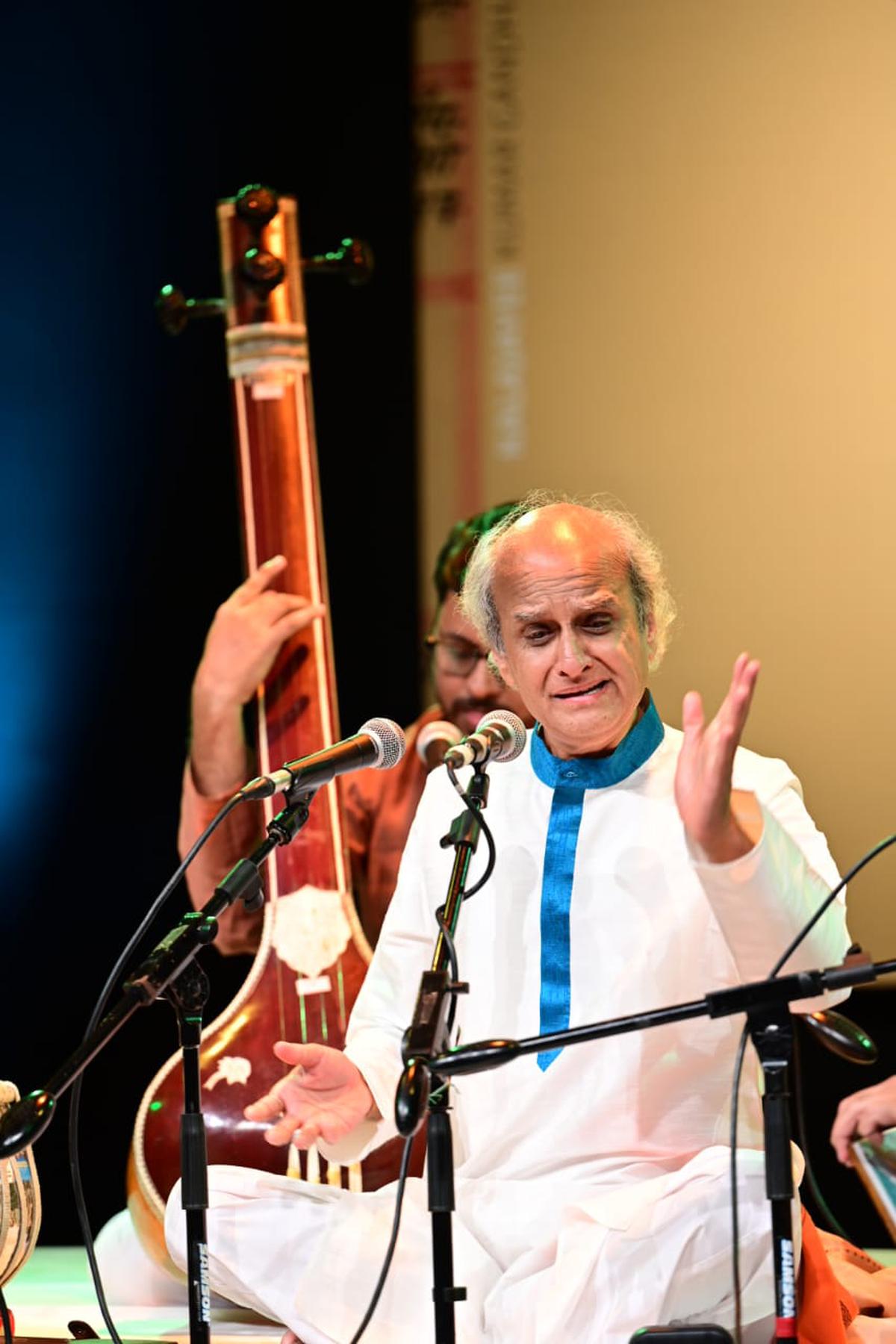
Ulhas Kashalkar
| Photo Credit:
Special Arrangement
The evening on day two began with Kalapini Komkali’s Lagan Gandhar, a unique raag created by her father, Kumar Gandharva. It had not just both the ‘gandharas’ and ‘nishads’, but also a third shruti in between the shuddha and komal gandhar that the maestro had envisioned as ‘Komalaa Gandhar’. This added a personal dimension to the vitality of the raga. He had demonstrated this aspect of the raag to his friend Pandhari Nath while creating it. He had said, “Is mein gaandhar ki lagan hai”, therefore it was named Lagan-Gandhar.
Kalapini presented two compositions in this challenging raag — ‘Sudh na rahi’ set to Vilambit Ek taal and ‘Baje re mora jhaanjharawa’ in Madhya (medium tempo) Teentaal.
Her next presentation was a Jod-raag, Kedar-Nand, popularised by her father. She started with an alap in Kedar that seamlessly merged into Nand. Kalapini rendered the composition ‘La de beera mharo dhani chunari’ followed by his famous bandish in Nand “Ab to aa ja re’, before concluding with Kabir bani and a bhajan.
The other important segment of the festival was the morning session of conversations with Satyasheel Deshpande, Shruti Sadolikar, Ashok Vajpeyi and Shama Bhate, who all had a close association with Kumar Gandharva. Conducted by Shashi Vyas, the session three light on maestro’s contributions to the world of music. The panellists also shared their own experiences. Shruti Sadolikar pointed out how Kumarji’s rendition of the natyageet ‘Nath na majha’ , with the very first taan from ‘Na’, brought out Rukmini’s emotions.
Shama Bhate described how his swar and lay inspired her to think and express creatively through dance. Ashok Vajpeyi reiterated that Kumar Gandharva had faith in tradition but not followed it blindly. He would say, music is not repetition, but expressing your thought and emotion in new ways. “Sangeet mein aavritti nahin, avataran hota hai!”
Satyasheel Deshpande talked about the ‘sense of wonder’, that made Kumar Gandharva’s gayaki different. He demonstrated the Todi bandish ‘Ab more raam’ as sung in Agra gharana and then the maestro’s way of singing it. Satyasheel explained how Kumar Gandharva felt ‘the aggressive ‘Ba’ hurt the essence of the composition. “Aise ‘ba’ kahne se Todi ki atma ko thes pahunchegi.” This was the most enriching session.
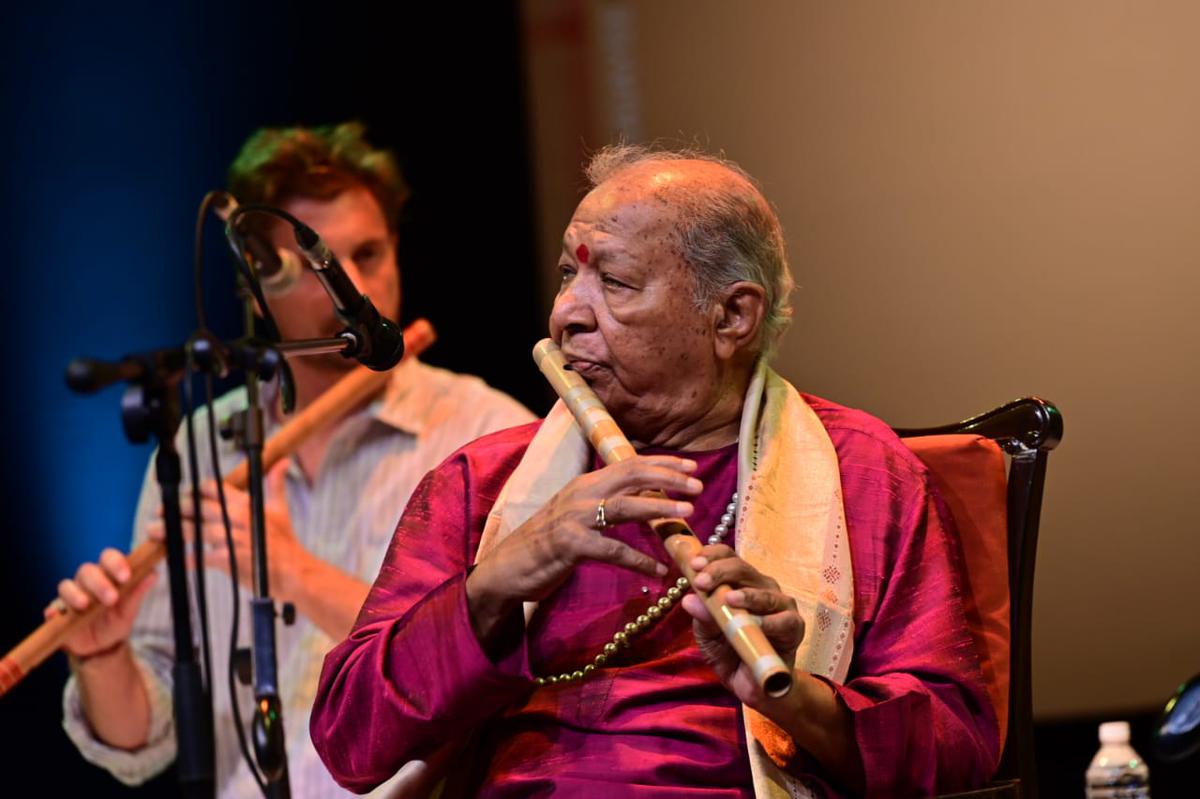
Hariprasad Chaurasia
| Photo Credit:
Special Arrangement
The festival also featured Pt. Hari Prasad Chaurasia’s performance. He was accompanied on the tabla by Ojas Adhya. The veteran flautist played raga Maru Bihag and a Pilu dhun ‘Dhire se aaja ri ankhiyan mein, nindiya aaja ri aaja’ with his students.
Niladri Kumar played a soulful alap-jod in raga Shuddha-Kalyan on the surbahar before playing the medium tempo Teentaal gat on the sitar. This was followed by another gat in Hamir. The melodious tabla sangat by Satyajit Talwalkar enhanced the beauty of Niladri’s performance. One only wished he had refrained from adding unecessary frills to the performance.
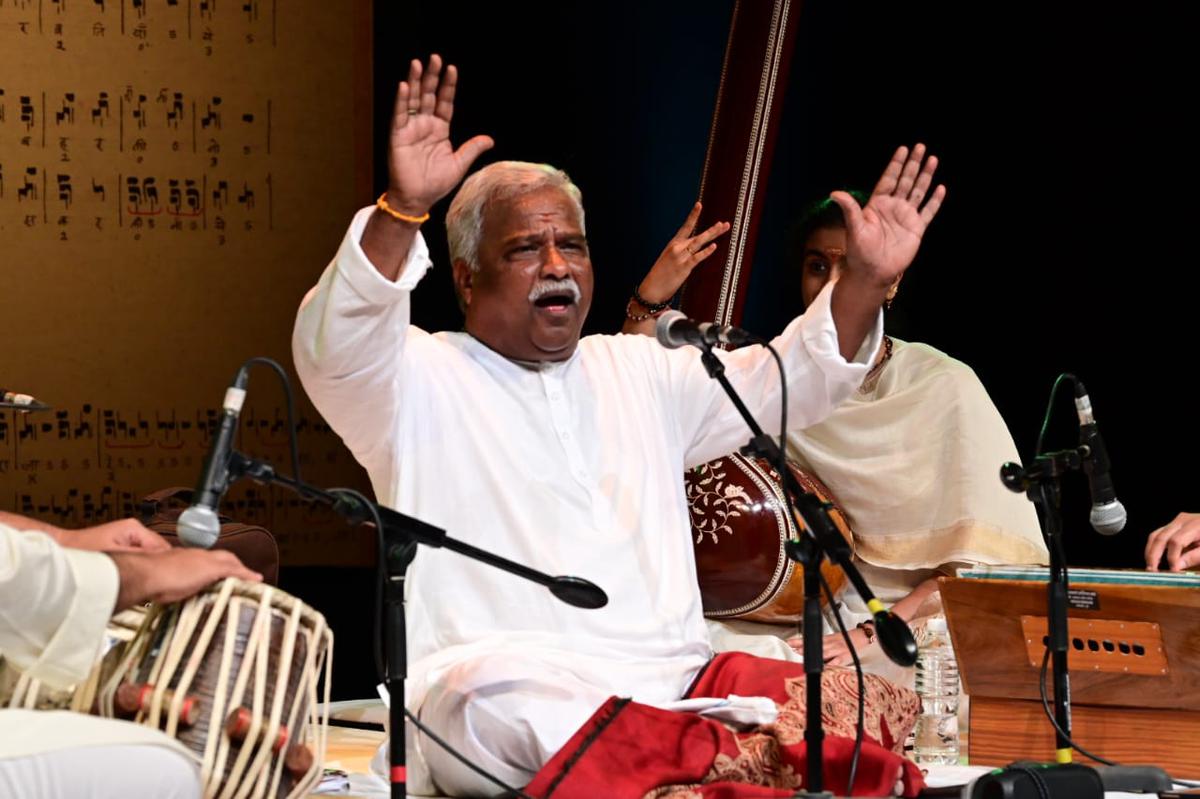
Venkatesh Kumar
| Photo Credit:
Special Arrangement
Kausi Kanhada and Sohini by Pt. Ulhas Kashalkar, who was accompanied on the tabla by Pt. Suresh Talwalkar and on the harmonium by Suyog Kundalkar, was the other attraction of the inaugural evening. The festival drew to a close with Pt. Venkatesh Kumar’s vibrant Shankara followed by a contrasting Basant, a Kannada vachana and the popular Bhairavi thumri ‘Ras ke bhare tore nain’.


